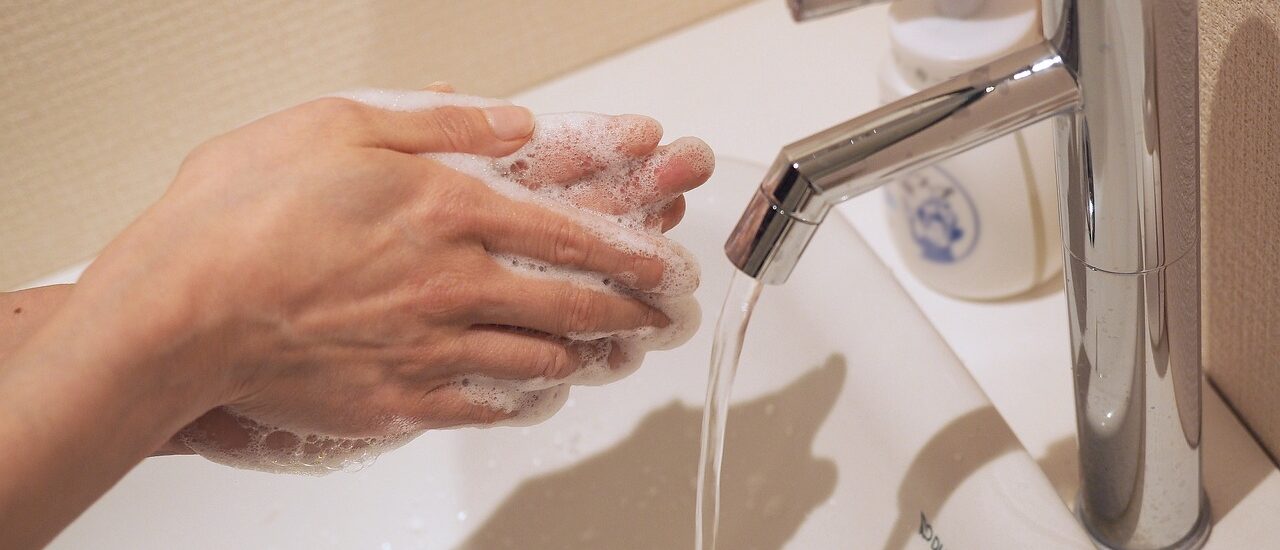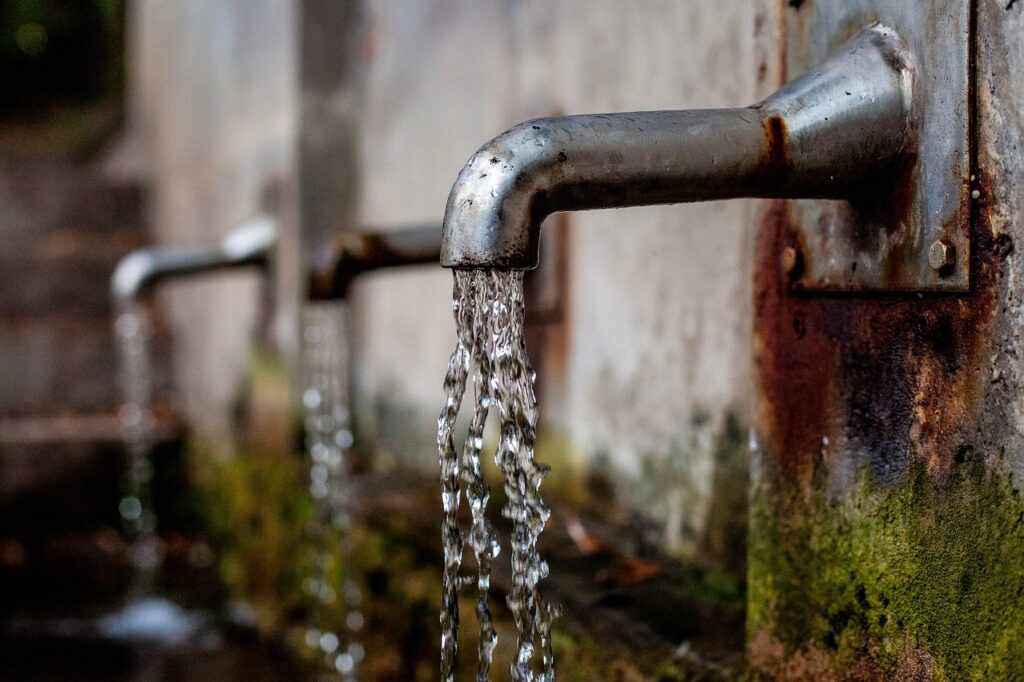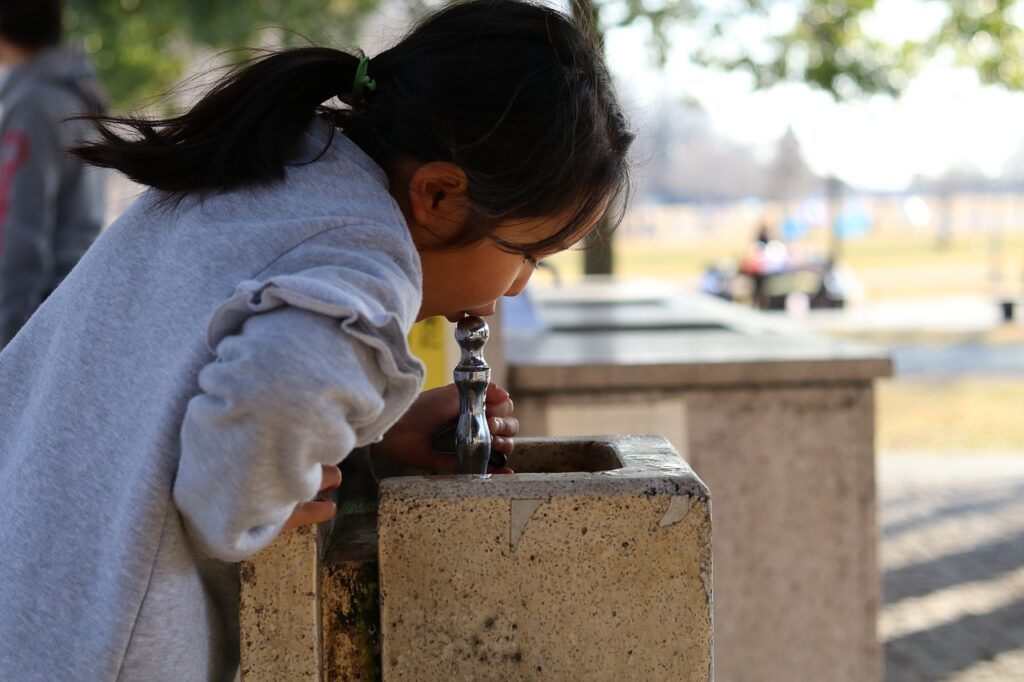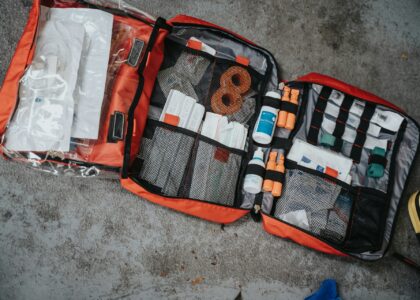In many parts of the world, the basic right to clean and safe hygiene facilities remains a challenge that affects millions of lives every day. This issue hits hard in schools, where the absence of proper hygiene facilities can have a significant impact on children’s health, safety, and ability to learn. These facilities are not just about providing a place to wash hands; they are about protecting children’s health, ensuring their well-being, and securing their future through education.
Recognizing the importance of hygiene facilities in schools is the first step towards making a change. These are not luxury items but basic necessities that every child deserves access to, ensuring they can learn and thrive in a safe, healthy environment.
The Global State of Hygiene Facilities
Across the globe, a staggering number of people find themselves struggling with the basic necessities that many of us take for granted like access to clean water, safe sanitation, and basic hand washing facilities. To put this into perspective, over 2.2 billion individuals lack access to safe drinking water. When it comes to sanitation, the situation is even more dire, with over half of the world’s population not having access to safe sanitation. This issue continues to grow, as 3 billion people do not have access to handwashing facilities with soap.
The repercussions of these deficiencies extend far beyond just immediate health concerns; they strike at the very heart of children’s health and education. Without access to these basic hygiene facilities, children are at a significantly higher risk of encountering deadly diseases that threaten not only their lives but also their ability to attend school and learn. Poor sanitation and hygiene practices can lead to malnutrition, further complicating the education crisis by impacting cognitive functions and school attendance. Children in environments lacking basic hygiene facilities are often caught in a vicious cycle—where the absence of these necessities leads to illness, which in turn leads to missed educational opportunities.
The Impact of Safe Water in Schools
Having access to safe drinking water within schools is crucial to prevent so many different diseases. Waterborne illnesses, such as diarrhea, cholera, and dysentery, can severely affect children’s health, leading to absenteeism and a decline in academic performance. Plus, safe water is not just about staying disease-free; it’s crucial for keeping children hydrated throughout the day, which directly impacts their concentration and energy levels. When kids have access to clean water, they’re better equipped to stay focused, engage in learning activities, and perform to the best of their abilities. This is why the importance of hygiene facilities in schools cannot be overstated—it’s fundamental to providing a healthy environment where children can learn and thrive.
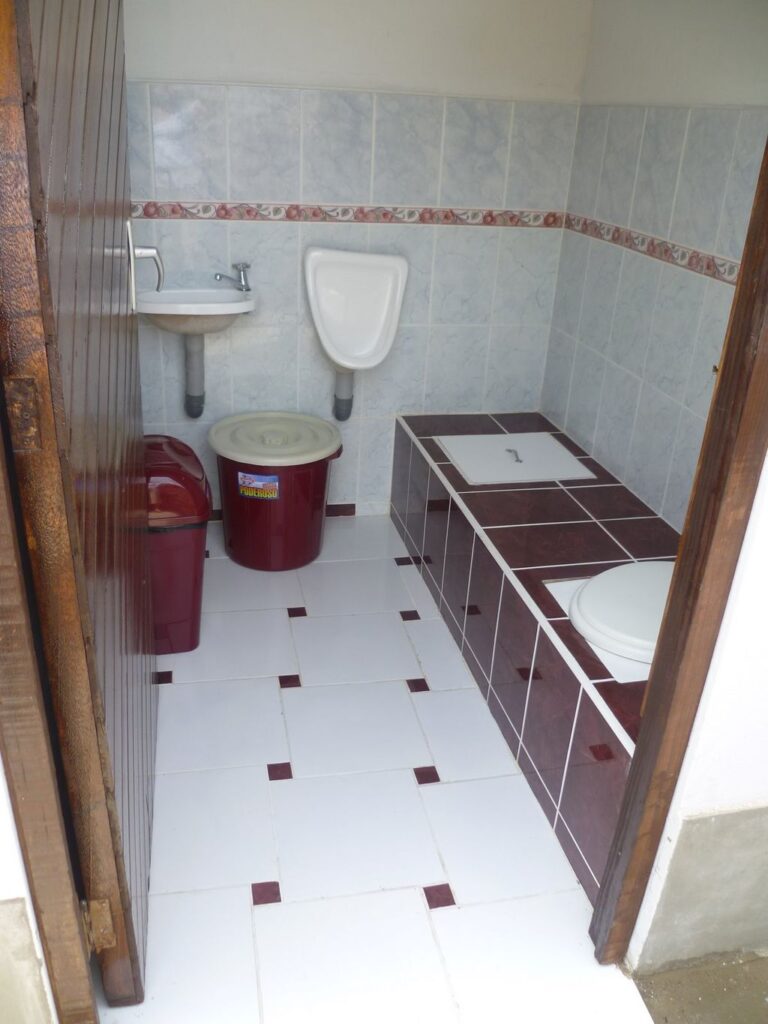
Sanitation Facilities and Children's Health
The absence of adequate sanitation facilities in schools poses serious health risks to children, significantly impacting their well-being and ability to learn. Inadequate toilets and the lack of proper waste disposal methods are not just inconveniences; they are hazards that can lead to the spread of infectious diseases, such as intestinal worms and trachoma. These conditions can severely affect children’s health, leading to absenteeism and decreased academic performance. Furthermore, inadequate sanitation facilities can result in long-term health issues, including impaired growth and cognitive development, which can have lasting effects on a child’s potential and future opportunities.
Moreover, the lack of proper sanitary environments in schools disproportionately affects girls, especially during their menstrual cycles. The absence of clean, private, and safe toilets can discourage girls from attending school during their periods, leading to a significant gap in their education. Providing girls with proper sanitary environments is crucial not only for their health and hygiene but also for ensuring their right to education is not compromised. Access to safe and dignified menstruation facilities can dramatically improve girls’ ability to participate in school activities, promote gender equality, and support their overall well-being.
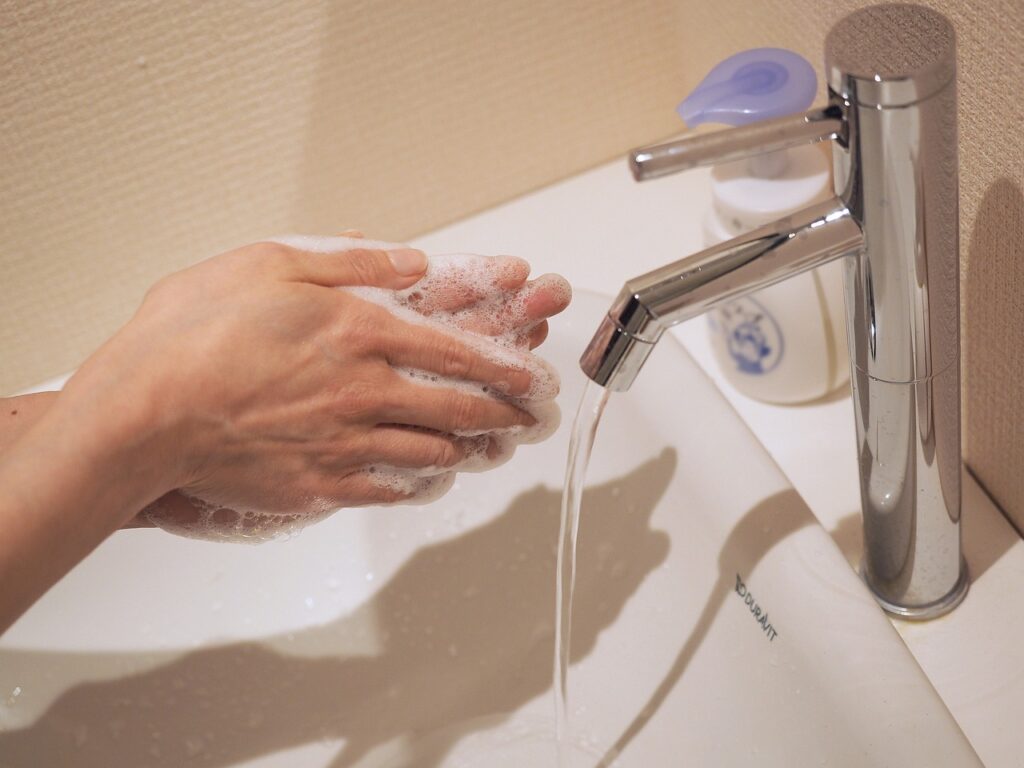
The Critical Role of Handwashing Facilities
The simple act of handwashing with soap is one of the most effective measures to prevent the spread of diseases. From the common cold to more serious infections like influenza, handwashing can dramatically reduce the incidence of disease transmission. Despite its simplicity, many schools lack proper handwashing facilities, putting students at a heightened risk of illness. Schools without these facilities are missing a critical line of defense against the spread of infections. By ensuring that schools have access to handwashing stations with soap and water, we can significantly lower the risk of outbreaks and keep children healthy and in class while also teaching them about the importance of good hygiene.
The Safe Homes Movement's Role in the Importance of Hygiene Facilities in Schools
The Safe Homes Movement is a MEDLIFE initiative that was created out of a commitment to enhancing the quality of life for communities in need, and it plays an important role in addressing one of the most fundamental aspects of a healthy and dignified life: hygiene. Recognizing that access to basic hygiene facilities in schools is not just a convenience but a human right, the Safe Homes Movement extends its efforts to improve these essential services in schools across Peru and Ecuador. By focusing on constructing and refurbishing hygiene facilities, the movement aims to ensure that children can learn in an environment that supports their health and educational growth.
Improved hygiene facilities have a very important impact on children’s health, preventing the spread of diseases and enabling students to attend school regularly. Plus, these improvements contribute significantly to the quality of education, providing a clean and safe environment for learning.
Are you ready to make a difference? Download the Safe Homes Movement Brochure today and discover how you can be part of their mission to bring essential hygiene facilities to schools worldwide. Join us in building foundations for a better tomorrow, one project at a time.


